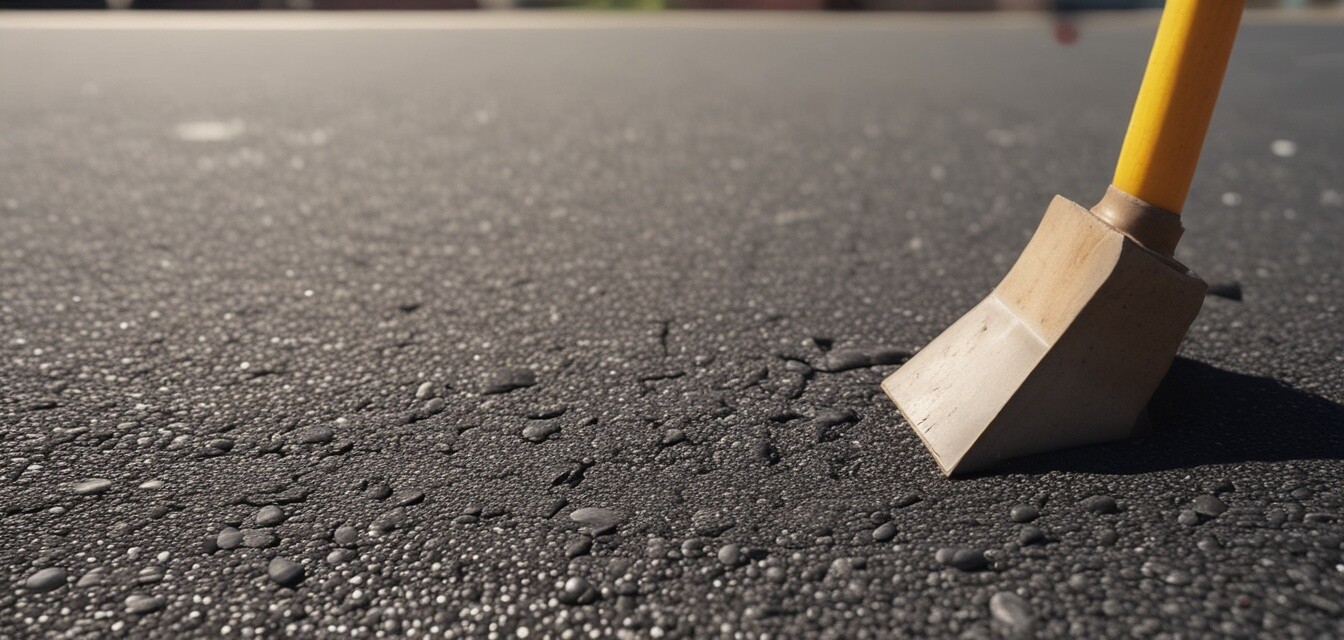
Fixing Uneven Asphalt Surfaces: Techniques and Tips
Key Takeaways
- Identify common causes of uneven asphalt surfaces to properly address issues.
- Learn about essential tools and techniques for repair and maintenance.
- Understand the importance of proper asphalt mixing and application for durable surfaces.
- Regular maintenance can prevent uneven surfaces and extend the lifespan of your asphalt.
Uneven asphalt surfaces can lead to serious issues, ranging from unsightly appearances to significant damages in your pavement. Whether you're a property owner or a contractor, knowing how to fix these irregularities is crucial for maintaining a safe and aesthetic surface. This guide will walk you through identifying problems and applying effective solutions to achieve a smooth finish.
Identifying uneven asphalt surfaces
Before diving into fixing uneven asphalt surfaces, it's important to identify what might have gone wrong. Here are a few common causes:
- Improper installation of asphalt mixes.
- Pavement settling due to moisture or soil erosion.
- Inadequate compaction or rolling.
- Extreme weather conditions causing cracks and voids.
Signs of uneven asphalt
When assessing your asphalt, look for the following signs:
| Sign | Description |
|---|---|
| Potholes | Depressions that can collect water and cause further issues. |
| Cracks | Visible linear breaks that may widen over time. |
| Surface dips | Areas that are lower than the surrounding asphalt. |
| Heaving | Raised sections due to freeze-thaw cycles or poor installation. |
Repair techniques for uneven asphalt
Once you've identified the signs of an uneven asphalt surface, it's time to implement some repair techniques. Here are commonly used methods:
1. Filling potholes
Potholes require a more hands-on approach. Follow these steps:
- Clean the pothole of debris and loose material.
- Apply a cold patch filler, ensuring it overfills slightly.
- Compact the filler until it is level with the surrounding surface.
- Seal the area to enhance durability.
2. Sealing cracks
Cracks need timely attention to prevent worsening. Here’s how:
- Clear dust and debris from the cracks.
- Apply crack filler product according to manufacturer's instructions.
- Smooth the filler for a seamless appearance.
3. Resurfacing
If the unevenness is extensive, consider resurfacing. This process involves:
- Cleaning the entire surface.
- Applying a new layer of asphalt using a paving machine.
- Smoothing and compacting the new surface for uniformity.
Tips for preventing future uneven surfaces
Maintenance tips
- Regularly inspect your asphalt for early signs of damage.
- Ensure proper drainage to prevent water pooling.
- Use high-quality asphalt mixes and additives for durability.
- Engage professionals in paving, especially for large projects.
The importance of quality materials
Using quality asphalt mixes and additives is vital in ensuring the longevity of your pavement. For more information on the type of materials that can enhance your projects, check out our guides on asphalt mixes and additives.
Conclusion
Repairing uneven asphalt surfaces is not only essential for aesthetics but also for safety. By understanding the causes and implementing effective repair techniques, you can maintain a durable and smooth surface. Don’t forget to keep an eye on maintenance practices to prolong the life of your asphalt.
Pros
- Saves money on professional repairs.
- Enhances the appearance of your pavement.
- Prevents further damage from occurring.
Cons
- Time-consuming for extensive repairs.
- Requires proper tools and materials.
- May need professional help for larger areas.
Explore more guides
For more information on paving and maintenance, visit our other how-to guides. You can find valuable insights and step-by-step instructions on various paving projects.

